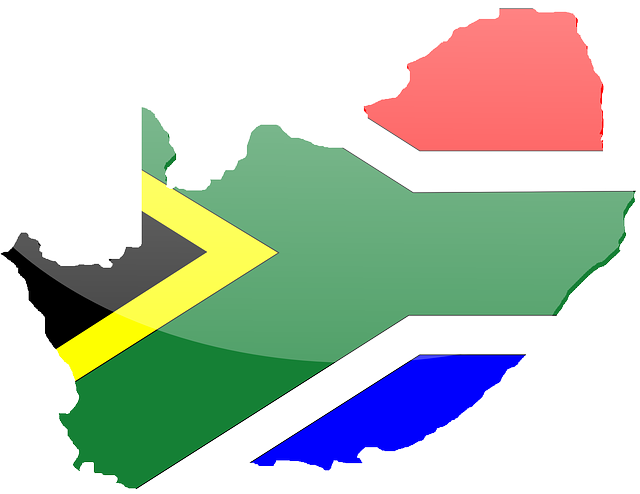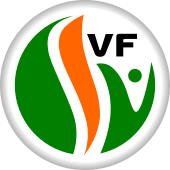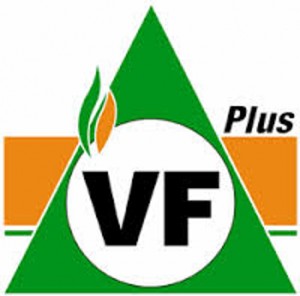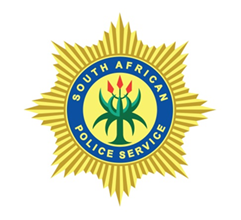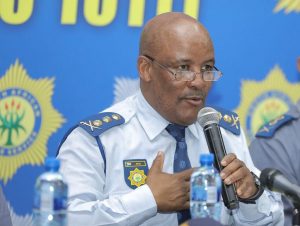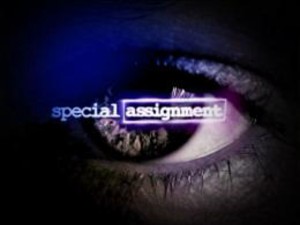Edinburgh – The Scottish independence referendum officially started on Thursday morning as polling stations opened for voting on the question “Should Scotland be an independent country?”.
The ballots for the choice of “Yes” or “No” would be cast at polling stations in 32 local authorities, with a predicted turnout of 88 percent.
This is the first Scottish independence referendum in Britain’s history and official figures showed that about 97 percent of those eligible to vote in Scotland signed up to vote in the referendum, which is set to be the biggest poll in Scotland’s history.
Results are expected to be announced on Friday.
If a simple majority of Scots vote for independence, Scotland would become independent on March 24, 2016, after a period of negotiations with the rest of Britain, according to the whitepaper Scotland’s Future published by the Scottish government.
In October 2012, Cameron and Scottish First Minister Alex Salmond, leader of the ruling Scottish National Party, signed the Edinburgh Agreement, allowing Scotland to hold an independence referendum in autumn 2014.
It is also the third referendum for Scotland after the two previous ones held respectively in 1979 and 1997 on Scottish devolution.
The referendum in 1979 failed to gain the mandatory 40 percent of the electorate, while the latter succeeded with an overwhelming majority of voters backing devolution.
As a devolved legislature, the Scottish parliament was reconvened in 1999 with authorities over some limited areas of home affairs, and the parliament of the United Kingdom keeps “reserved” powers including the ability to amend the terms of reference of the Scottish parliament.
